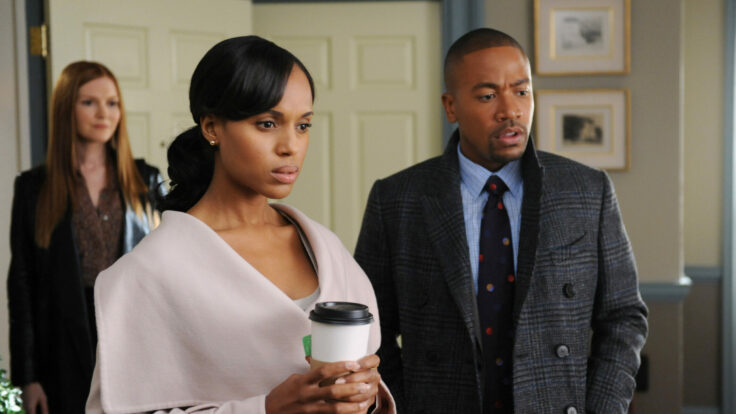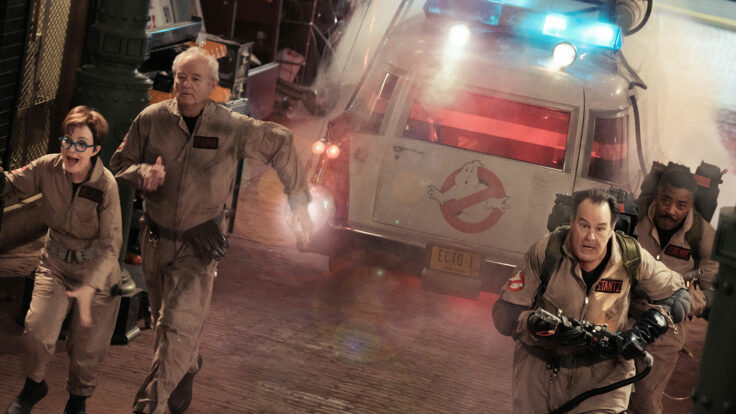There’s an interesting debate going on at Warner Bros. right now. They’ve got Batgirl, a $70 million-ish film that just finished shooting, and the plan under former WarnerMedia C.E.O. Jason Kilar was to release it directly on HBO Max. Kilar’s singular mission, as anyone who walked the lot with him knows, was to build up the streaming service to compete with Netflix, the north star of the entertainment industry, even if it meant shrinking—sorry, evolving—the century-old theatrical business. So debuting on HBO Max a mid-budget DC movie, one based on a known but untested character who already stars in a TV show, made perfect sense.
But maybe, Toby Emmerich and his Warners team are thinking, now is the time to invest a bit more money into Batgirl, perhaps up the visual effects and the music budget and the planned marketing spend, and give the movie a theatrical run first? After all, it’s a new day under Warner Bros. Discovery C.E.O. David Zaslav. The Batman, admittedly the company’s marquee superhero property, is putting up huge numbers on Max, I’m told, even after generating $750 million in theaters over 45 days (or, perhaps, because it generated those numbers). And, more importantly, the Great Netflix Correction of ‘22 is causing Warners and all of Hollywood to rethink the “all-in” strategy for streaming.

















